Best Foods For Stretch Marks: What To Eat To Prevent Them
A comprehensive list of foods to help you strengthen your skin and prevent the marks.

Image: Shutterstock
Alongside an array of other factors, your skin is affected by what you consume. As a result, eating a healthy diet should be an important element of your stretch mark prevention strategy. If you are looking for the best foods for stretch marks, look no further.
There are no studies that link diet with stretch marks. But, you can’t deny that the nutrients your skin receives to stay healthy are influenced by your eating choices. A healthy diet can help preserve skin suppleness and prevent stretch marks by boosting elastin and collagen. In this article, we have talked about how vitamins and other nutrients can help prevent stretch marks and which ones to choose. Keep reading!
In This Article
Does Eating Healthy Prevent Stretch Marks?
There is a possibility that it may help.
A detailed study on stretch marks discusses their types, causes, and how to manage them before and after they occur. However, prevention should involve a holistic approach. This includes proper treatment, using the right products and medication, following the doctor’s instructions, and maintaining a healthy lifestyle and diet
There are no studies to prove that having certain foods or including certain vitamins and nutrients in your diet will prevent stretch marks.
However, a proper diet can improve your skin health, maintain hydration levels of your skin, reduce dryness, and improve your quality of life (1), (2), (3).
It can also boost the collagen and elastin levels in your body. Both these fibers are crucial for maintaining the structure of your skin and its elasticity. Adequate levels of these fibers can help your skin stretch easily. Collagen levels decrease as we age, which is why it is even more important to stick to a nutrient-dense diet, especially as we get older.
 Did You Know?
Did You Know?Preventing stretch marks may not be possible unless you help your skin by providing it with the right nutrients. In the following section, we have listed the foods and nutrients that you need to help prevent stretch marks.
If you are pregnant, we strictly recommend not to change your diet without consulting the doctor. Follow the diet chart provided by the doctors and consult them if you want to make any additions or changes to it.
Key Takeaways
- A healthy diet helps improve elastin and collagen levels in the body, improving skin elasticity and enabling it to stretch easily.
- Foods rich in protein, zinc, vitamin A, C, D, E, and omega-6 fatty acids can work wonders for your stretched skin.
- Exercising regularly and avoiding excess sun exposure can also help avoid stretch marks.
9 Foods That May Help Prevent Stretch Marks
Note:
These foods mainly focus on supporting the skin in various ways to prevent stretch marks.
1. Foods Containing Omega-6 Fatty Acids
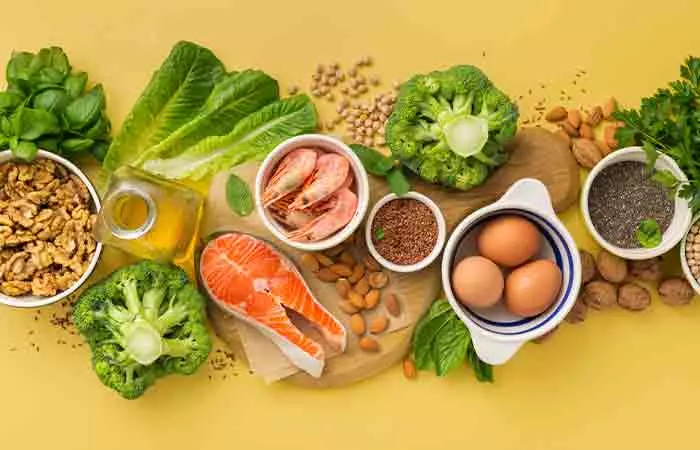
Omega-6 fatty acids (such as linoleic acid, gamma-linoleic, arachidonic acid, etc.) can help your skin by reducing inflammation and improving skin hydration (4). This is critical for both wound healing and preventing stretch marks.
If you want to include omega-6 fatty acids in your diet, consume foods like:
- Eggs
- Cereals
- Whole-grain bread
- Poultry
- Walnuts and almonds
- Tofu
- Avocado and safflower oils
- Peanut butter
Additionally, foods like salmon, flaxseeds, and walnuts that are rich in omega-3 fatty acids may also help reduce stretch marks. However, there are no studies to support these claims.
2. Vitamin D

Vitamin D contains some active metabolites that are crucial for maintaining the natural barrier of the skin. It also prevents photodamage caused by UV rays. Moreover, it has wound healing and tissue repairing effects (5). All these factors may help in preventing stretch marks.
Food containing vitamin D include:
- Egg yolk
- Cod liver oil
- Cheese
- Fishes like salmon, tuna, and mackerel
- Beef liver
- Yogurt
- Orange juice
- Milk
3. Fresh Fruits And Vegetables
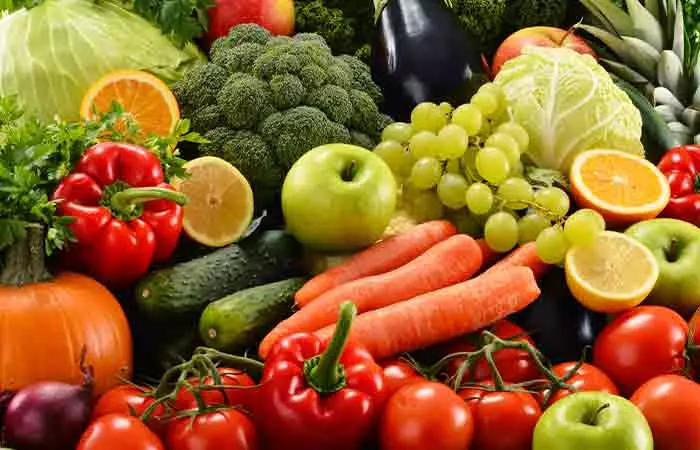
These are rich sources of all essential vitamins, nutrients, and dietary fibers. They help keep your body and skin healthy by providing them with all the crucial nutrients.
Healthy skin is much more resilient and can prevent the development of intense stretch marks. Consume lots of fruits and veggies, such as broccoli, spinach, bell peppers, sweet potatoes, pumpkin, oranges, berries, avocado, etc.
4. Collagen-boosting Foods
Collagen is one of the major constituents of your skin. This protein is present everywhere in your body – connective tissues, ligaments, tendons, and skin.
Collagen is the protein that gives structure and suppleness to your skin. Along with elastin, collagen helps your skin stretch. You can boost the collagen levels in your body with these foods:
- Bone broth
- Chicken
- Shellfish and fish
- Citrus fruits
- Leafy greens
- Cashews
- Beans
- Tomatoes
- Bell peppers
5. Food Rich In Vitamins A, C, And E
is an antioxidant that is crucial for reducing excessive production of keratinocytes (in the case of psoriasis). Along with other antioxidants, vitamin C is said to improve skin hydration and reduce dryness (6).
Vitamin E enhances the antioxidant protection of the skin, prevents oxidative stress, and promotes wound healing (7). Vitamin A helps to maintain the integrity of your skin (8).
Consume the following foods to include these vitamins in your diet:
- Cod liver
- Eggs
- Yellow and orange fruits and vegetables
- Nuts
- Vegetable oils
- Brussels sprouts
- Broccoli
- Citrus fruits
6. Drink Plenty Of Water

It is important to keep your body replenished and hydrated. Otherwise, it may cause skin dryness and dehydration. Dryness makes it easier for your skin to crack. Apart from drinking water, you may also consume water-rich fruits and veggies that can keep you hydrated, such as:
- Cucumbers
- Broccoli
- Tomatoes
- Apples
- Oranges
- Spinach
You may squeeze some lemon in water and drink it. Or you may drink tisane teas or green tea to increase your water consumption.
7. Zinc-rich Foods
Zinc naturally occurs in your skin layers. The deficiency of zinc can affect skin health and the wound healing process. Zinc deficiency can also aggravate skin inflammation (9). Hence, consuming foods rich in zinc is crucial for maintaining overall skin health. Include these foods in your diet:
- Nuts
- Legumes
- Dairy
- Eggs
- Shellfish
- Whole grains
- Meat
8. Protein-rich Foods
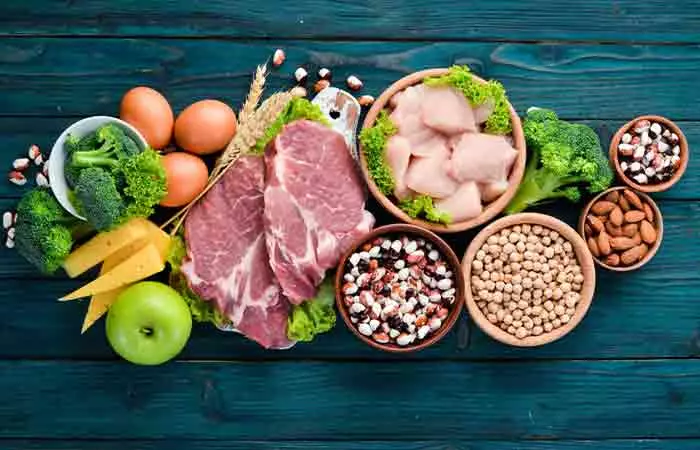
Lack of protein in your body can affect your skin in many ways.
A study involving 98 patients found that about 68.4% of them who took less than half of the recommended daily allowance of protein had skin issues, such as pigmentation, acne, melasma, and premature ageing. It also affected the collagen content of the skin. The collagen was found to be fragmented and loose in their skin (10).
Protein-rich foods include:
- Meat
- Poultry
- Eggs
- Fish
- Tofu and soy protein
- Legumes and beans
- Nuts
9. Fish Oil
Fish oil is rich in omega-3 fatty acids that have beneficial effects on the skin and may help with stretch marks. These essential fatty acids also have anti-inflammatory properties that may reduce the skin irritation and redness that may accompany stretch marks (11). These fatty acids also support the production of collagen, which is crucial for skin elasticity (12). Thus, it may reduce the appearance of stretch marks.
Some excellent natural sources of fish oil for stretch marks include:
- Salmon
- Mackerel
- Sardines
- Trout
- Herring
- Anchovy
For optimal results, it is essential to combine fish oil supplementation with a balanced diet rich in vitamins and minerals. Topical treatments, like creams containing hyaluronic acid and retinoids, may also complement the effects of fish oil, promoting healthier skin and reducing the appearance of stretch marks.
All these essential nutrients may not directly affect the appearance of stretch marks, but they will keep your skin healthy. Healthy skin is important to reduce the appearance of stretch marks and prevent them.
Moreover, maintaining a healthy diet will also help you with weight management, and your skin may not stretch as much. This is applicable to both pregnant women and those who tend to gain weight.
In addition to following the treatment and having a balanced diet, here are a few things you can do to protect your skin and prevent stretch marks.
Other Ways To Prevent Stretch Marks
If you are still wondering how to prevent stretch marks, there are many. However, adopting simple lifestyle changes can make a significant difference. For example,
- Exercise Regularly: Lifestyle changes like exercising regularly will help you maintain a healthy weight. Exercising under the supervision of an instructor will also help you lose weight/gain muscles gradually, without pressurizing your skin.
- Avoid Sun Damage: UV rays may damage the collagen and pigment the stretch marks and worsen them (if they are new ones). Apply sunscreen and avoid tanning beds.
- Keep The Area Moisturized: Adequate moisturization helps improve the hydration levels of the skin and reduce the appearance of stretch marks.
A blogger posted about her experience of how she discovered the transformative effects of Ugandan shea butter for her stretch marks. She says, “As the days and weeks went by, I kept using it everyday on my belly, legs, and arms. It was not only the sensation of having a hydrated skin but also the clear progression my stretch marks were making with the time. I started to see how many of those brown, red and some already white stretch marks started to fade away or to clear out. I had tried many creams, many oils, and this was the first time I was seeing a real difference on my skin (i).”
 Quick Tip
Quick TipNutrition is the key to maintaining skin health, keeping it glowing and elastic. And remember that nutritional deficiencies may also contribute to stretch marks. Therefore, make sure you consume healthy foods rich in essential vitamins and minerals to promote your skin health and improve its resilience to prevent stretch marks. This list of the best foods for stretch marks will help you determine which food items you must include in your daily diet. While it is always not possible to avoid stretch marks, self-care practices like improving sleep quality, stress reduction, regular exfoliation, and taking care of your skin can definitely make them less severe.
Frequently Asked Questions
Can aloe vera clear stretch marks?
Aloe vera is used in various natural remedies to help heal and smoothen damaged skin. Limited research suggests that regular application of aloe vera could be effective in clearing away stretch marks (13).
Can Vaseline remove stretch marks?
Yes, Vaseline can help reduce the appearance of stretch marks as it tends to seal moisture and reduce skin dryness.
Is coconut oil good for stretch marks?
Yes, regular application of coconut oil can help reduce the appearance of stretch marks.
Can salt remove stretch marks?
While salt is used in some body scrubs to help exfoliate the skin and make it appear smooth, overdoing it may cause more harm than good.
Does almond oil remove stretch marks?
Yes, regular massage with sweet almond oil can help prevent the development of stretch marks, especially in pregnancy (13), (14).
Illustration: Foods That Help Prevent Stretch Marks
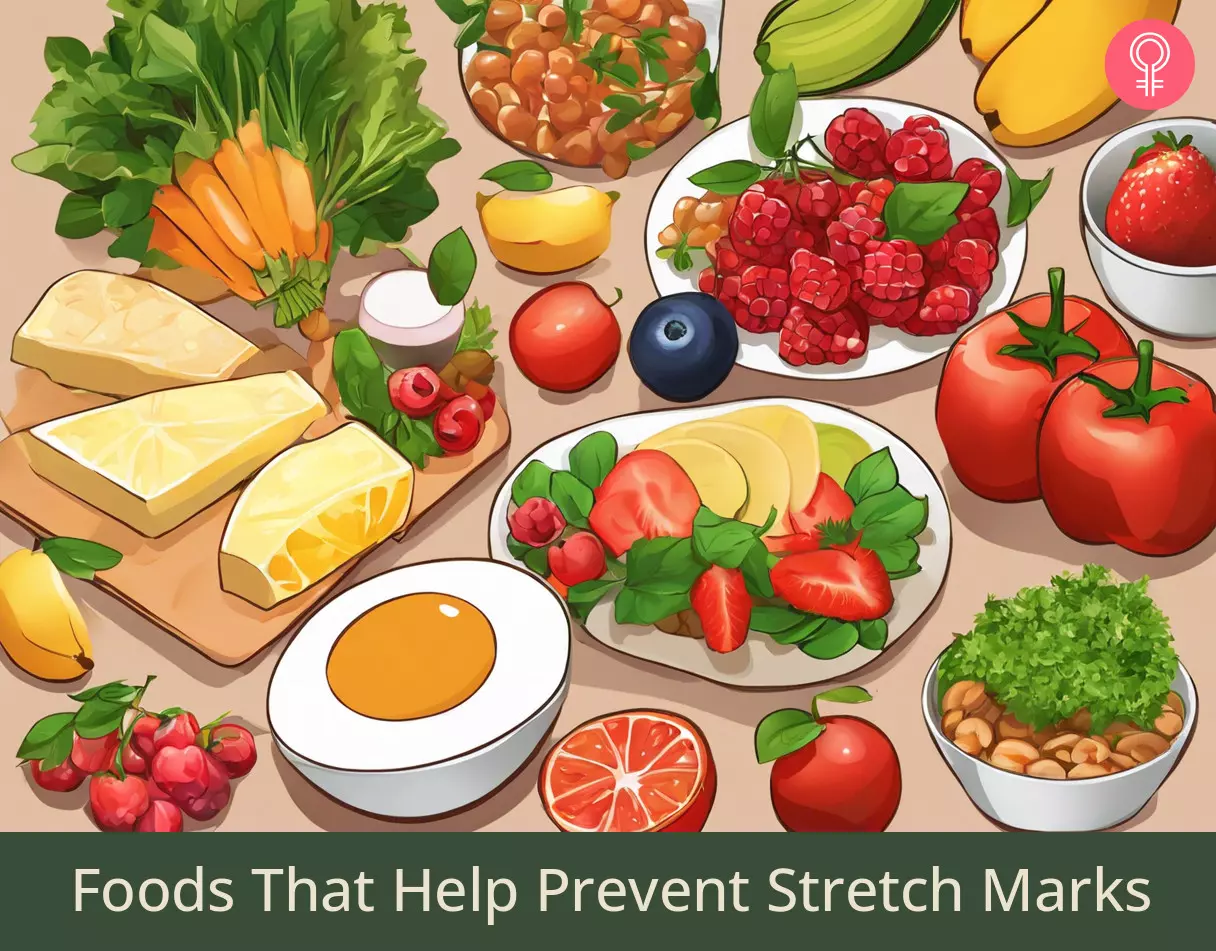
Image: Stable Diffusion/StyleCraze Design Team
Learn how to get rid of stretch marks with 4 amazing foods. Watch this video to discover what happens to stretch marks when you eat these foods and get glowing skin!
Personal Experience: Source
StyleCraze's articles are interwoven with authentic personal narratives that provide depth and resonance to our content. Below are the sources of the personal accounts referenced in this article.
i. My experience with stretch markshttps://niloticaorganic.wordpress.com/2020/05/21/stretch-marks/
References
Articles on StyleCraze are backed by verified information from peer-reviewed and academic research papers, reputed organizations, research institutions, and medical associations to ensure accuracy and relevance. Read our editorial policy to learn more.
- Katta, Rajani, and Samir P. Desai. “Diet and dermatology: the role of dietary intervention in skin disease.” The Journal of clinical and aesthetic dermatology 7.7 (2014): 46.
https://www.ncbi.nlm.nih.gov/pmc/articles/PMC4106357/ - Palma, Lídia, et al. “Dietary water affects human skin hydration and biomechanics.” Clinical, cosmetic and investigational dermatology 8 (2015): 413.
https://www.ncbi.nlm.nih.gov/pmc/articles/PMC4529263/ - Lim, Sunhee, et al. “Dietary Patterns Associated with Sebum Content, Skin Hydration and pH, and Their Sex-Dependent Differences in Healthy Korean Adults.” Nutrients 11.3 (2019): 619.
https://www.ncbi.nlm.nih.gov/pmc/articles/PMC6471406/ - Silva, Jéssica R., et al. “Wound healing and omega-6 fatty acids: From inflammation to repair.” Mediators of inflammation 2018 (2018).
https://www.ncbi.nlm.nih.gov/pmc/articles/PMC5925018/ - Mostafa, Wedad Z., and Rehab A. Hegazy. “Vitamin D and the skin: Focus on a complex relationship: A review.” Journal of advanced research 6.6 (2015): 793-804.
https://www.ncbi.nlm.nih.gov/pmc/articles/PMC4642156/ - Cosgrove, Maeve C., et al. “Dietary nutrient intakes and skin-aging appearance among middle-aged American women.” The American journal of clinical nutrition 86.4 (2007): 1225-1231.
https://pubmed.ncbi.nlm.nih.gov/17921406 - Keen, Mohammad Abid, and Iffat Hassan. “Vitamin E in dermatology.” Indian dermatology online journal 7.4 (2016): 311. https://www.ncbi.nlm.nih.gov/pmc/articles/PMC4976416/
- Menni, S., and R. Piccinno. “Vitamin A and vitamin E in dermatology.” Acta vitaminologica et enzymologica 7 (1985): 55-60.
https://pubmed.ncbi.nlm.nih.gov/3916047 - Ogawa, Youichi, et al. “Zinc and skin disorders.” Nutrients 10.2 (2018): 199.
https://www.ncbi.nlm.nih.gov/pmc/articles/PMC5852775/ - Garg, Suruchi, and Ankita Sangwan. “Dietary protein deficit and deregulated autophagy: A new Clinico-diagnostic perspective in pathogenesis of early aging, skin, and hair disorders.” Indian dermatology online journal 10.2 (2019): 115.
https://www.ncbi.nlm.nih.gov/pmc/articles/PMC6434747/ - Cosmetic and Therapeutic Applications of Fish Oil’s Fatty Acids on the Skin
https://www.ncbi.nlm.nih.gov/pmc/articles/PMC6117694/ - Supplementation with Eskimo Skin Care improves skin elasticity in women. A pilot study
https://pubmed.ncbi.nlm.nih.gov/19160533/ - The effect of Aloe vera gel and sweet almond oil on striae gravidarum in nulliparous women
https://pubmed.ncbi.nlm.nih.gov/28521546/ - The effect of bitter almond oil and massaging on striae gravidarum in primiparous women
https://pubmed.ncbi.nlm.nih.gov/22594386/
Read full bio of Dr. Schwarzburg
Read full bio of Ramona Sinha
Read full bio of Anjali Sayee
Read full bio of Shiboli Chakraborti






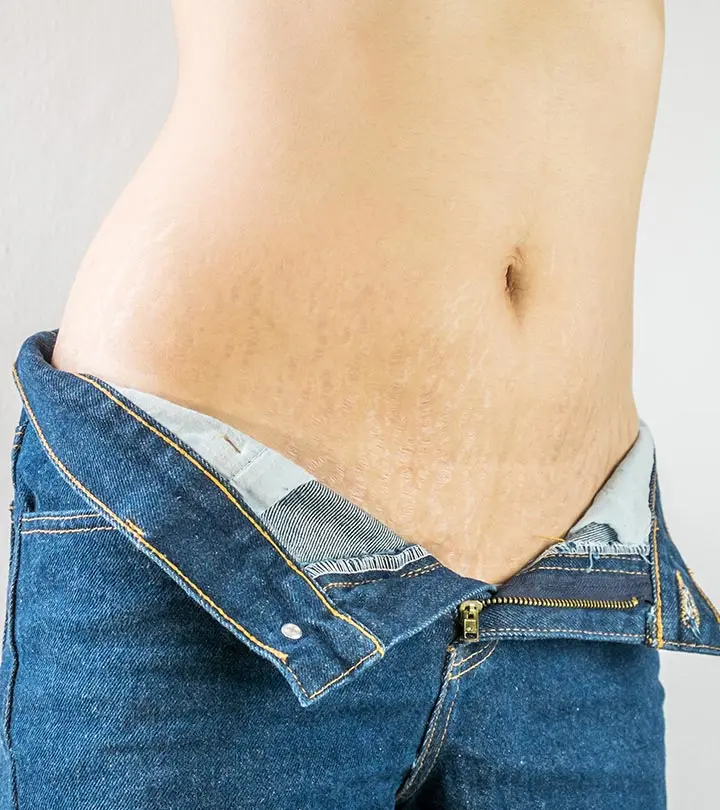
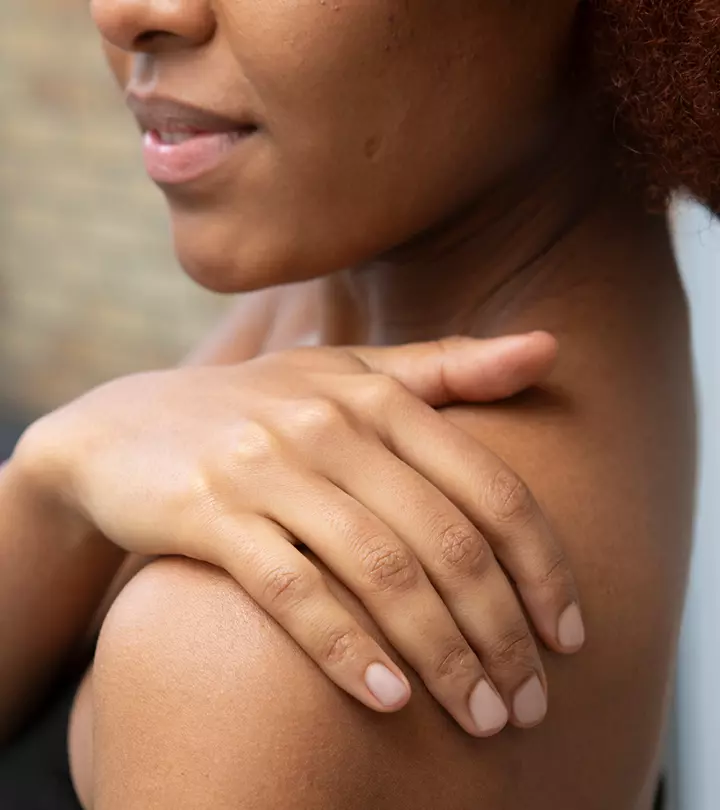

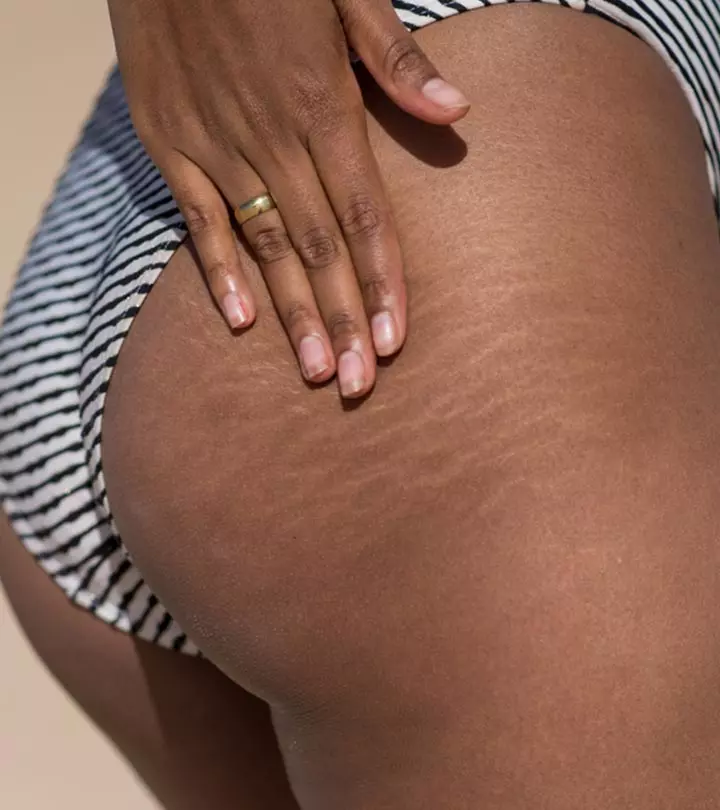
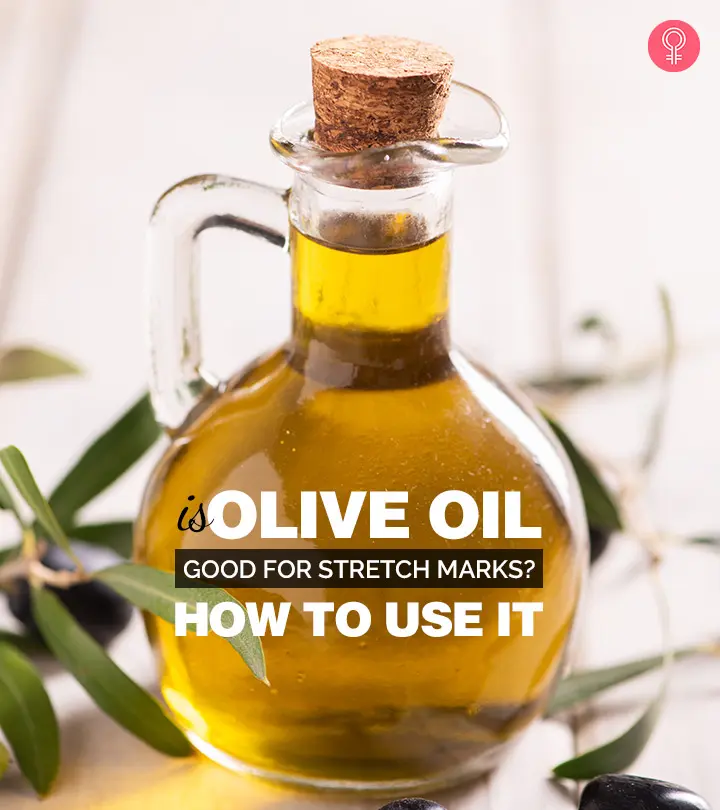
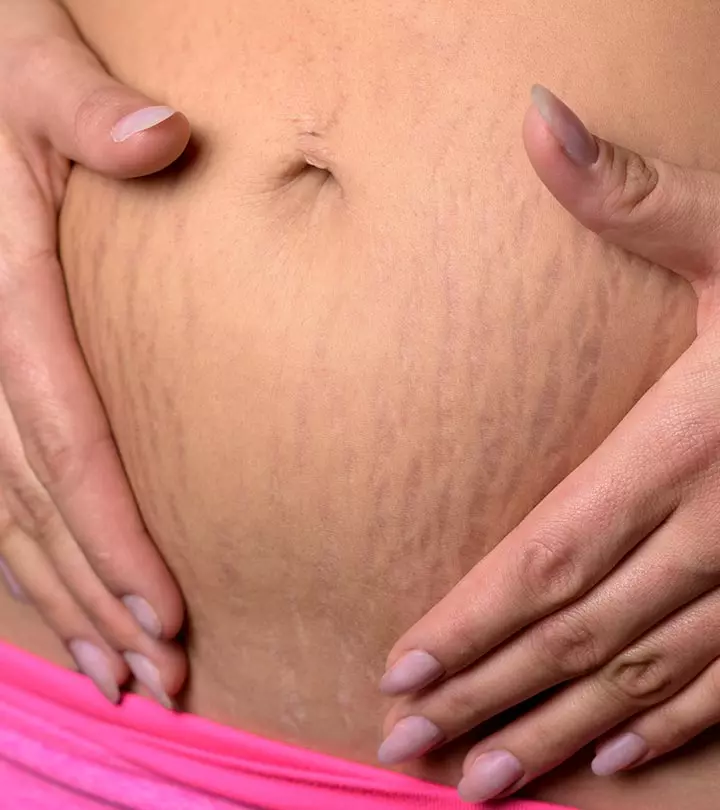

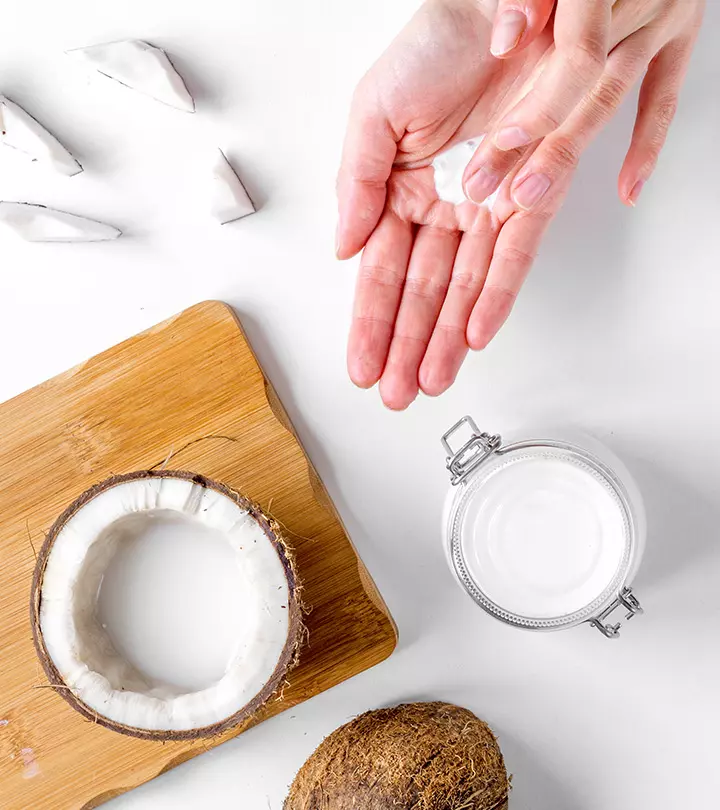
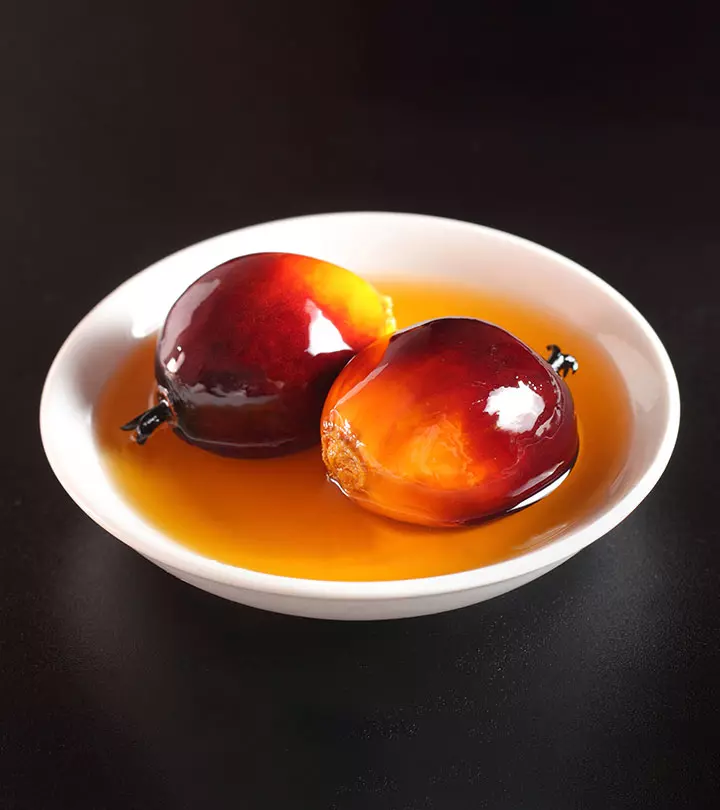


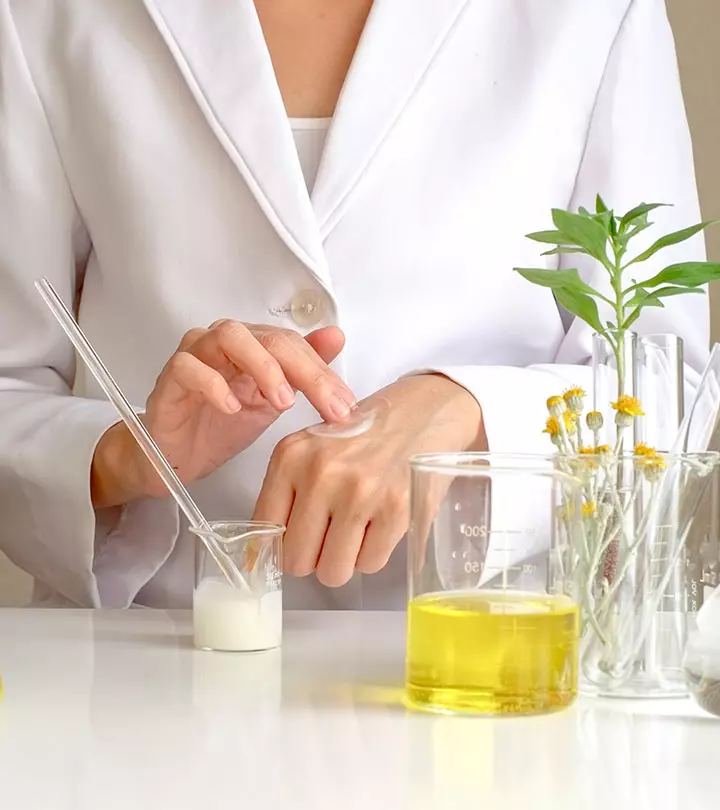
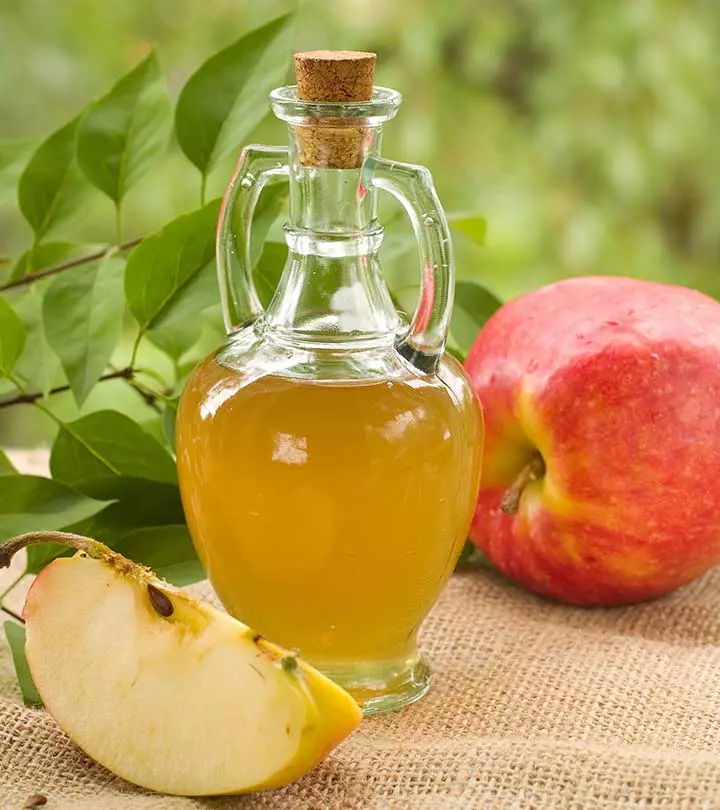
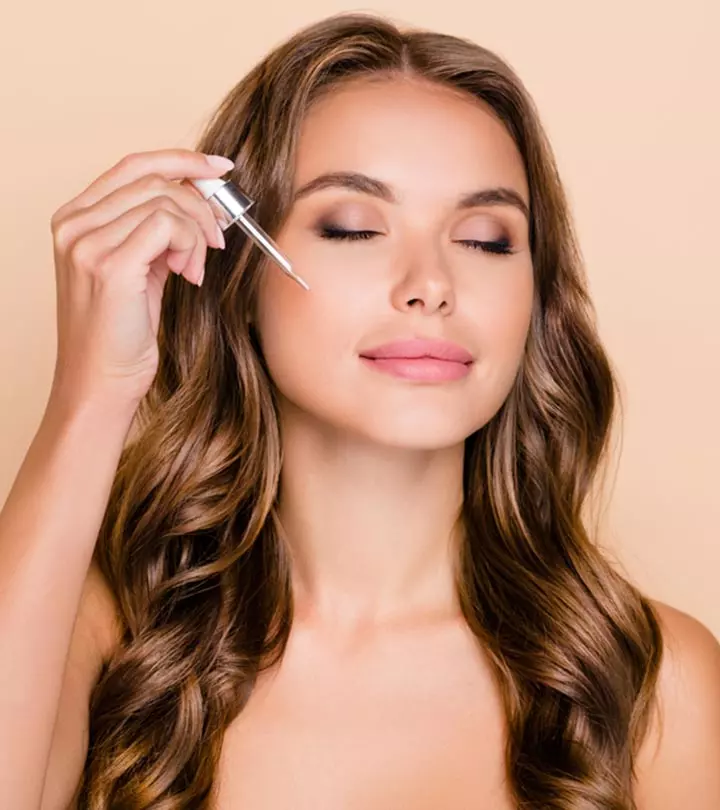
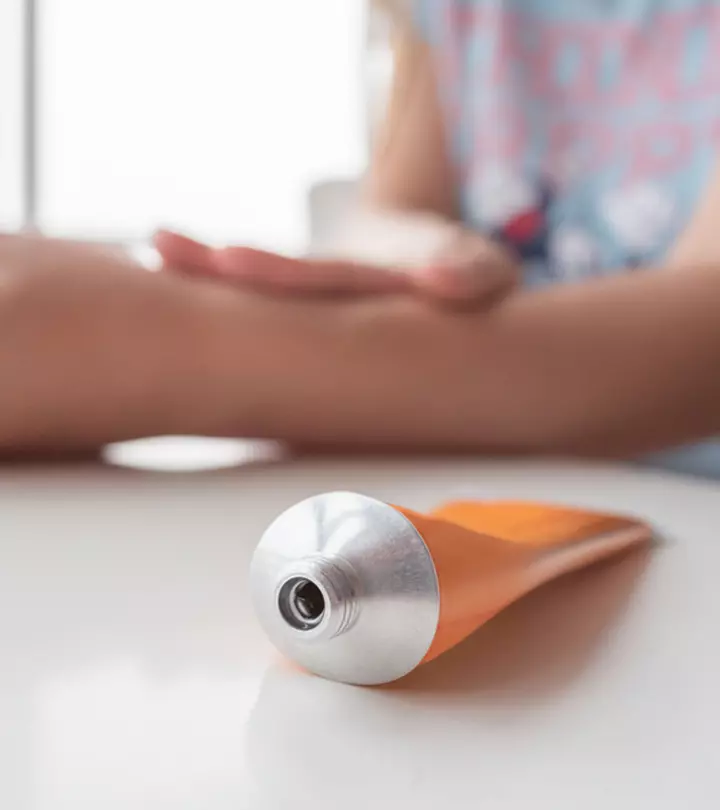

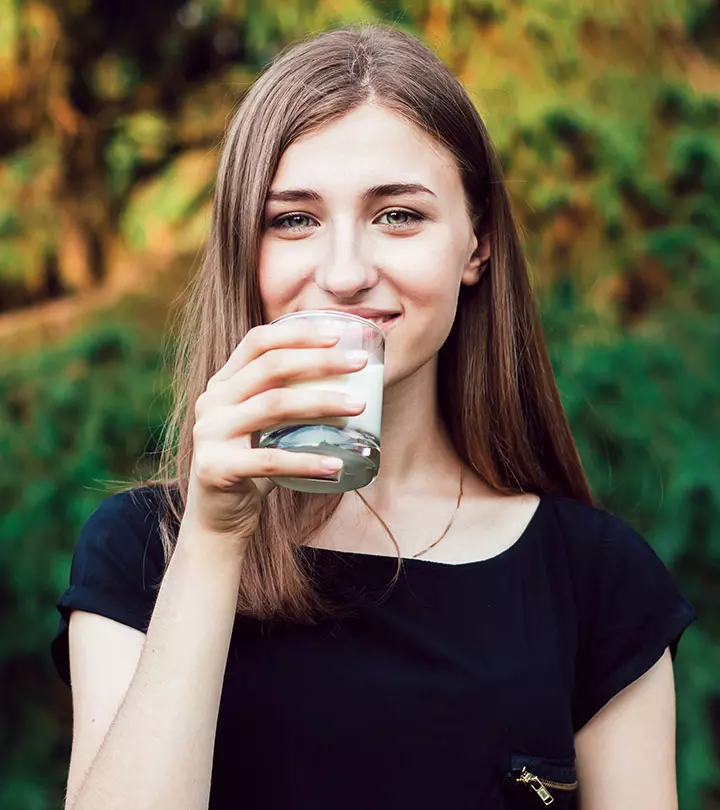


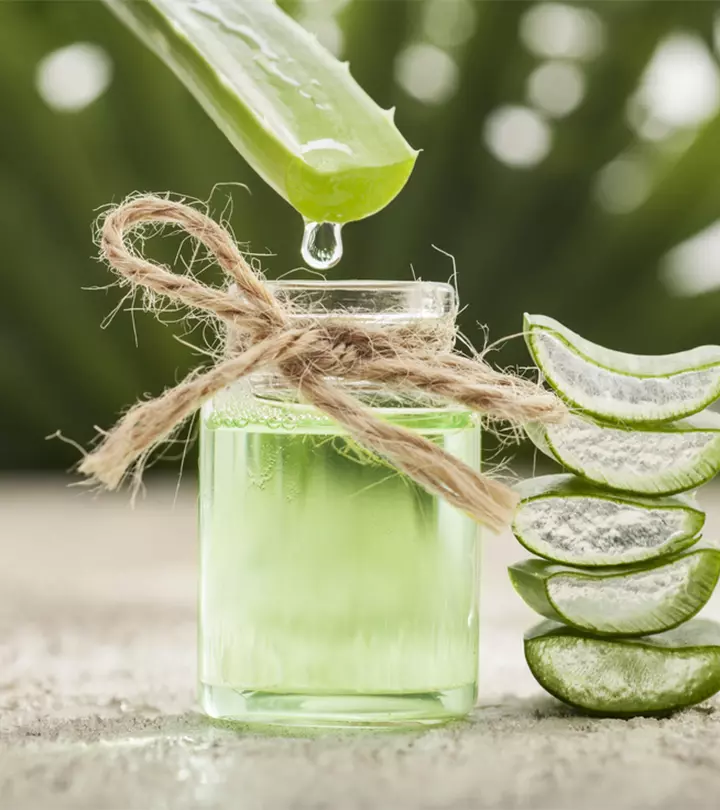

Community Experiences
Join the conversation and become a part of our empowering community! Share your stories, experiences, and insights to connect with other beauty, lifestyle, and health enthusiasts.